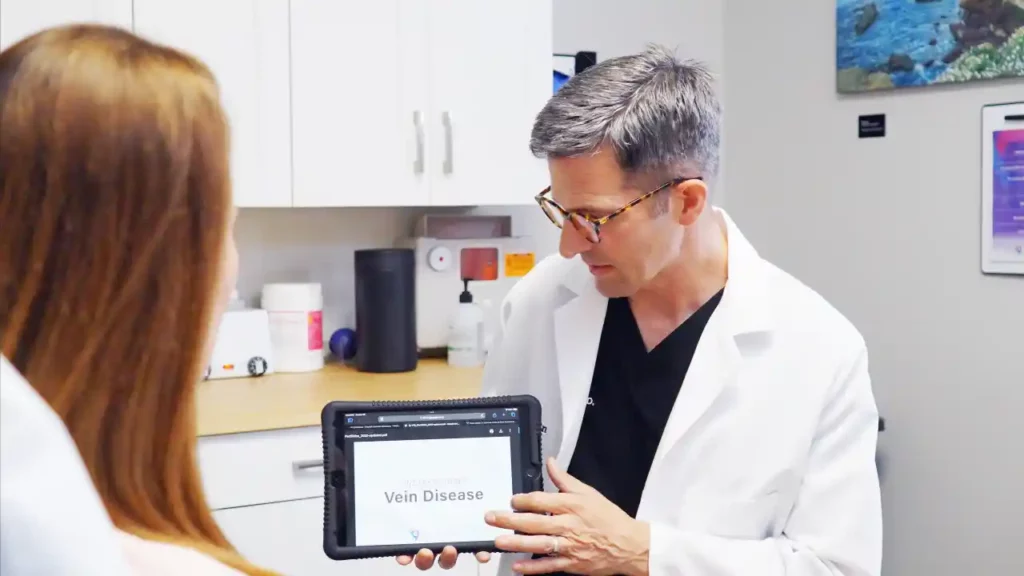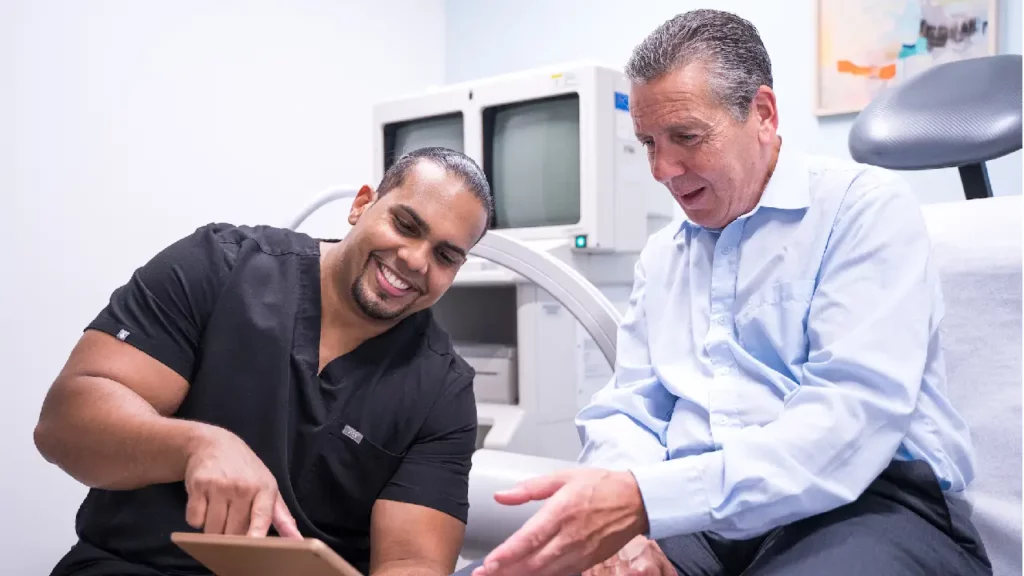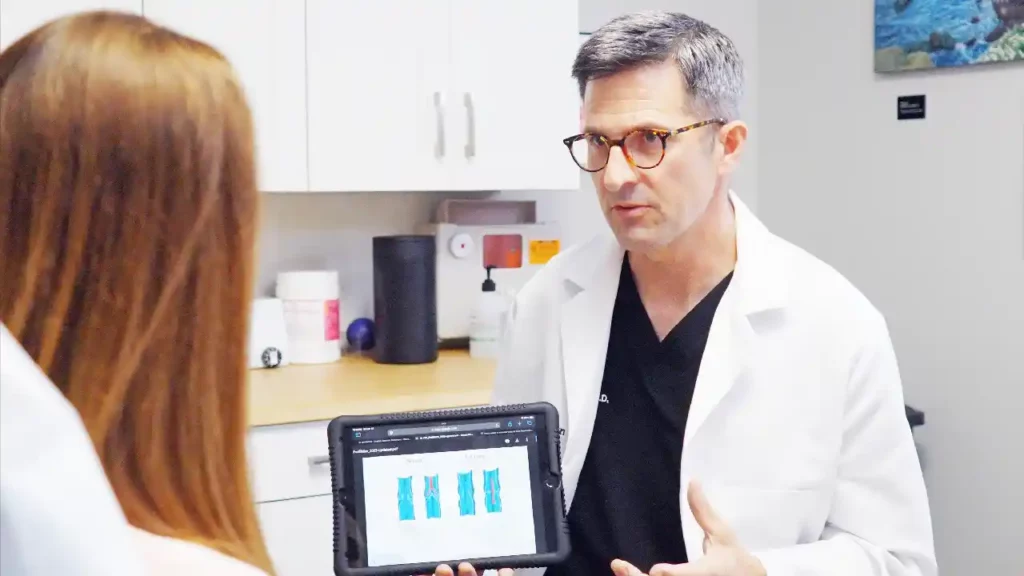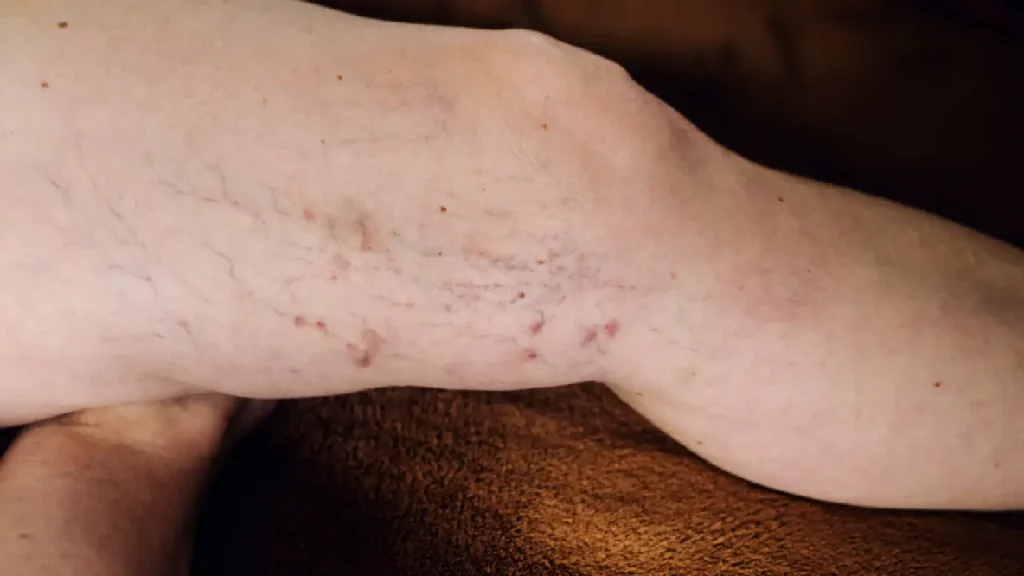Navigating the complexities of insurance coverage can be overwhelming, especially when it comes to specialized treatments like those for vein conditions. At Vein Doctor for Women, we understand how crucial it is for you to have clarity on what your insurance covers, ensuring you receive the best care without unexpected financial burdens. In this article, we guide you through the ins and outs of insurance coverage for vein treatment with Vein Doctor for Women.
Why Vein Treatment is Essential
Vein conditions, such as varicose veins and spider veins, are not merely cosmetic concerns. If left untreated, they can lead to significant discomfort, pain, and even more severe health issues. Symptoms like leg swelling, aching, and skin changes can significantly impact one’s quality of life. Therefore, timely and appropriate treatment is essential for one’s health and well-being.
Impact on Daily Life
Untreated vein conditions can affect your ability to perform daily activities. Simple tasks such as standing for long periods, walking, or even sitting can become painful and challenging. Chronic venous insufficiency can lead to leg ulcers, which are open sores that require ongoing care and can severely limit mobility.
Long-Term Health Risks
Ignoring vein problems can lead to more severe complications, such as deep vein thrombosis (DVT), a condition where blood clots form in deep veins. DVT can be life-threatening if a clot breaks free and travels to the lungs, causing a pulmonary embolism. Early intervention can prevent these serious outcomes.

Types of Vein Treatments
Before delving into insurance coverage, it’s important to understand the types of vein treatments available. At Vein Doctor for Women, we offer a range of minimally invasive vein treatments tailored to your specific needs, including:
- Sclerotherapy: Sclerotherapy involves injecting a solution directly into the affected veins, causing them to collapse and eventually be absorbed by the body. This treatment is effective for smaller varicose veins and spider veins. It is a minimally invasive procedure that typically requires no anesthesia and has minimal downtime.
- Endovenous Laser Therapy (EVLT): EVLT uses laser energy to heat and seal off larger varicose veins. A laser fiber is inserted through a small incision, and ultrasound guidance ensures precise targeting. This procedure is highly effective, with a success rate of over 95%, and patients can usually return to normal activities within a few days.
- Radiofrequency Ablation (RFA): RFA is similar to EVLT but uses radiofrequency energy instead of laser energy to heat and close the veins. This technique also involves inserting a catheter into the vein and using ultrasound for guidance. RFA is known for its high success rate and minimal postoperative discomfort.
- Ambulatory Phlebectomy: Ambulatory phlebectomy is a minor surgical procedure that removes varicose veins through small skin incisions. This procedure is typically performed under local anesthesia and is ideal for varicose veins that are too large for sclerotherapy. The recovery time is short, and the results are immediate.
- Compression Therapy: Compression therapy involves wearing specially designed stockings that improve blood flow and reduce symptoms like swelling and pain. This non-invasive treatment is often the first line of defense against vein conditions and is usually recommended as a conservative treatment before more invasive procedures are offered.

Understanding Insurance Coverage
Medical Necessity vs. Cosmetic Treatment
One key factor determining insurance coverage for vein treatment is whether the procedure is deemed medically necessary or cosmetic. Insurance companies typically cover treatments considered medically necessary, which include cases where vein conditions cause significant pain, swelling, skin changes, or other complications that affect daily life.
What Constitutes Medical Necessity?
Medical necessity is determined by your symptoms and how they impact your daily activities. For instance, if you experience chronic pain, recurrent swelling, skin discoloration, or ulceration, your vein treatment is more likely to be covered. Additionally, conditions like venous insufficiency, where blood flow is significantly impaired, often qualify for coverage.
Documentation and Diagnostic Requirements
To qualify for insurance coverage, thorough documentation, and diagnostic evidence are often required. This includes:
- Detailed Medical History: Your vein doctor will document your symptoms, how they affect your daily activities, and any previous treatments you’ve undergone.
- Ultrasound Imaging: A duplex ultrasound is commonly used to assess the severity of your vein condition and document venous reflux or obstruction.
- Conservative Treatment Attempts: Insurance companies often require proof that conservative treatments, such as compression therapy, have been tried and found ineffective before approving more invasive procedures.
Importance of Accurate Documentation
Accurate and detailed documentation is crucial for securing insurance coverage. This includes maintaining records of your symptoms, treatments, and any conservative measures you have tried. Consistent follow-up with your vein doctor to update your medical records ensures that your insurance claims are supported by comprehensive evidence.
How We Assist You with Insurance:
- Free Insurance Verification: Our team will verify your insurance benefits. This includes understanding your policy’s specifics, such as deductibles, co-pays, and any out-of-pocket maximums. We ensure you are fully informed about what to expect financially.
- Pre-Authorization Process: Many vein treatments require pre-authorization from your insurance company. We handle this process on your behalf, submitting all necessary documentation and communicating with your insurer to secure approval for your treatment. Our goal is to minimize any delays or uncertainties.
- Detailed Cost Estimates: Understanding the potential costs involved is crucial for planning your treatment. We provide detailed cost estimates, including what your insurance is expected to cover and any out-of-pocket expenses you might incur. This transparency helps you make informed decisions about your care.
- Continuous Support and Communication: Our support doesn’t end once treatment begins. We continue to assist with any insurance-related issues that may arise during or after treatment. If your insurance company requests additional information or documentation, we promptly provide it to ensure there are no interruptions in your care.
Tips for Maximizing Your Insurance Benefits:
- Know Your Policy: Take the time to review your insurance policy thoroughly. Understanding your coverage limits, exclusions, and required pre-authorization steps can help you avoid surprises and ensure you get the most out of your benefits.
- Keeping Track of Changes: Insurance policies can change annually, affecting coverage and out-of-pocket costs. Tracking these changes and updating your knowledge about your policy ensures that you are always prepared.
- Keep Detailed Records: Maintaining comprehensive records of your symptoms, treatments, and communications with your insurance company can be invaluable. These records can support your case if you need to appeal a denial of coverage.
- Importance of Documentation: Detailed records not only help in securing initial coverage but also play a crucial role if you need to appeal a denial. Keeping copies of all medical records, diagnostic tests, and treatment plans provides a strong foundation for your claims.
- Don’t Hesitate to Appeal: If your insurance company denies coverage, you have the right to appeal the decision. At Vein Doctor for Women, we assist you in the appeal process, providing additional documentation and making a strong case for why the treatment is necessary.
Understanding your insurance coverage is crucial for receiving the best care without financial surprises. Schedule a consultation to understand your insurance coverage for vein treatment with Vein Doctor for Women.






